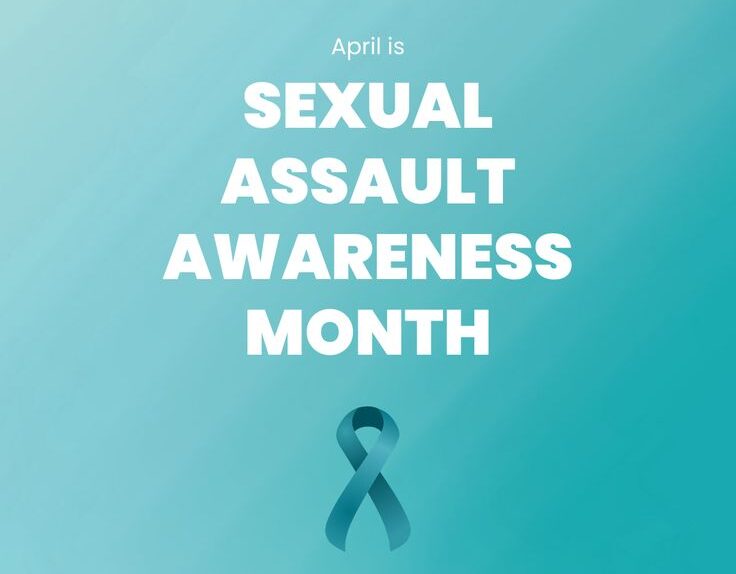Keeping diaper rash at bay
Majority of modern mothers have become accustomed to using disposable diapers on their babies because of their convenience and easy-to-use nature. There is no doubt that these diapers have more
Majority of modern mothers have become accustomed to using disposable diapers on their babies because of their convenience and easy-to-use nature.
There is no doubt that these diapers have more advantages compared to those made of cloth. For instance, diapers can last for many hours without soaking and they also save one the hustle of having to wash the baby’s mess.
However, despite their many advantages, diapers have their downside and if not handled properly can cause the baby a lot of discomfort. For instance, they can cause an irritating skin rash on the baby’s bottom and adjoining areas.
There are many causes of diaper rash. Leaving the baby in a soaked diaper for long hours can lead to skin rash. Also, not cleaning the baby’s bottom properly before and after changing the diaper can cause a rash.
Tight-fitting diapers may also lead to friction and sweat, thereby causing a rash.
Allergic reaction to certain brands can be the cause of diaper rash. Though unusual, diaper rash can also develop if the baby or the mother is on antibiotics.
Introducing the baby to new foods can lead to diaper rash, so a mother needs to be observant when introducing new foods to a baby’s diet.
Diaper rash normally lasts between two and four days, and is characterised by a mild redness and scaling in the area where the diaper touches the baby’s skin.
If not controlled, the rash can cause pimples or blisters on the baby’s buttocks, genital area and thighs, and at times can spread to other parts of the body. The rash can appear right after birth but the most common period is when the baby is between nine and 12 months.
Treatment of diaper rash
Diaper rash is not a condition that requires medical attention. You can easily treat the rash at home after establishing its cause. If the rash is caused by an allergic reaction from a brand of diaper, you should stop using the brand and observe if the rash will disappear.
If the rash does not disappear or develops into blisters or pus-filled pimples, then you may need to seek medical attention. Whereas diaper rash is common in most infants, it does not mean that every infant must get it. However, it is important to prevent situations that may lead to the rash.
Below are a few tips on how to prevent diaper rash:
• Change your baby’s diapers frequently; do not wait until the diaper is fully soaked.
• Clean your baby’s genital area thoroughly each time you change the diaper; pat the skin dry and never rub it.
• Consider coating your baby’s bottom with a thin layer of petroleum jelly with each diaper change.
• Change the diaper size as your baby grows.
• To ensure there’s room for air to circulate, do not tie the diaper too tight and avoid plastic pants or other airtight fabrics.
• When your baby starts eating solid foods, introduce one type at a time. Wait for a few days before introducing another type. This will make it easier to determine whether it is your baby’s sensitivity to the foods that is causing diaper rash or something else. If you recognise the culprit, eliminate it from your baby’s diet immediately.





